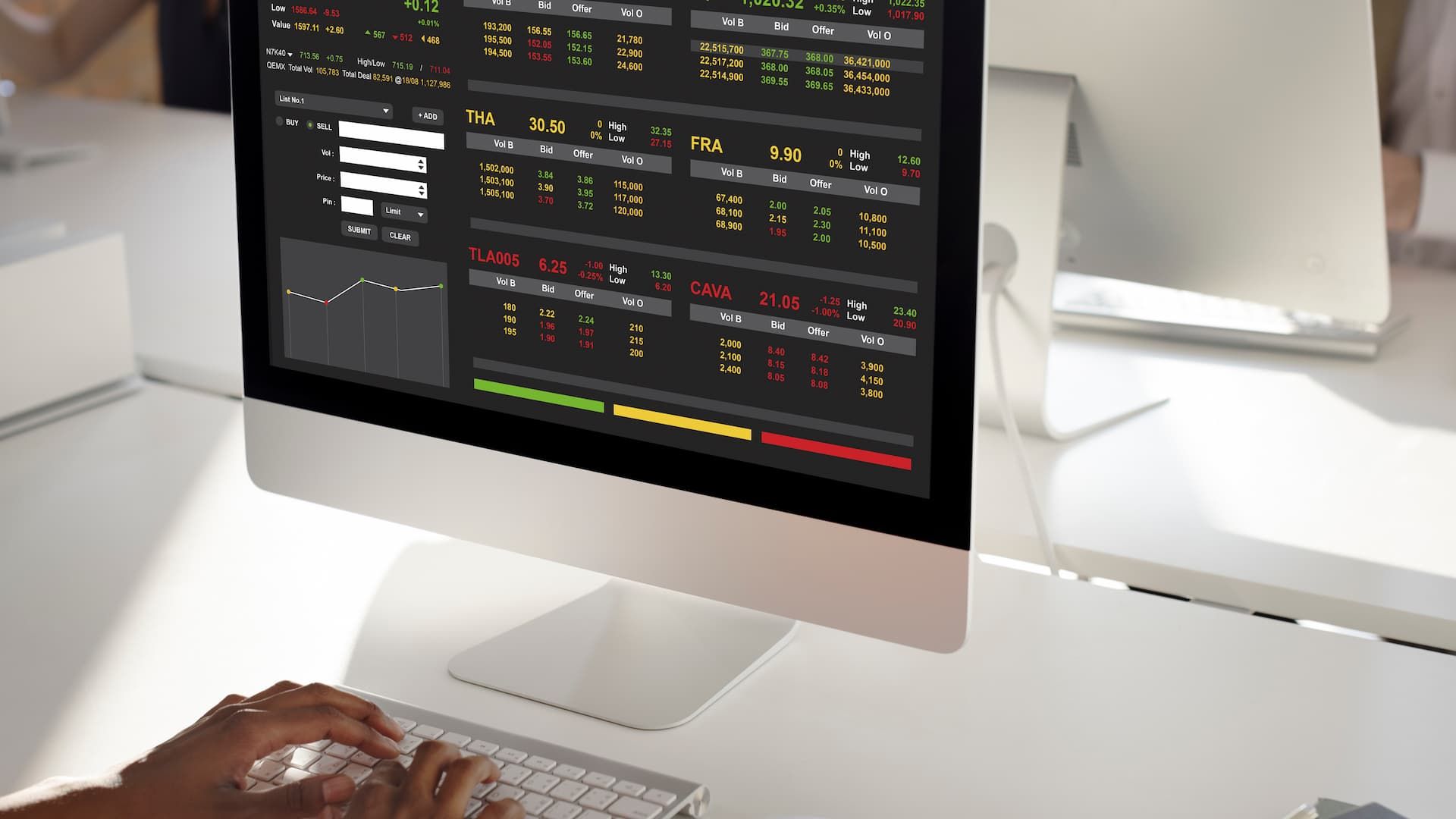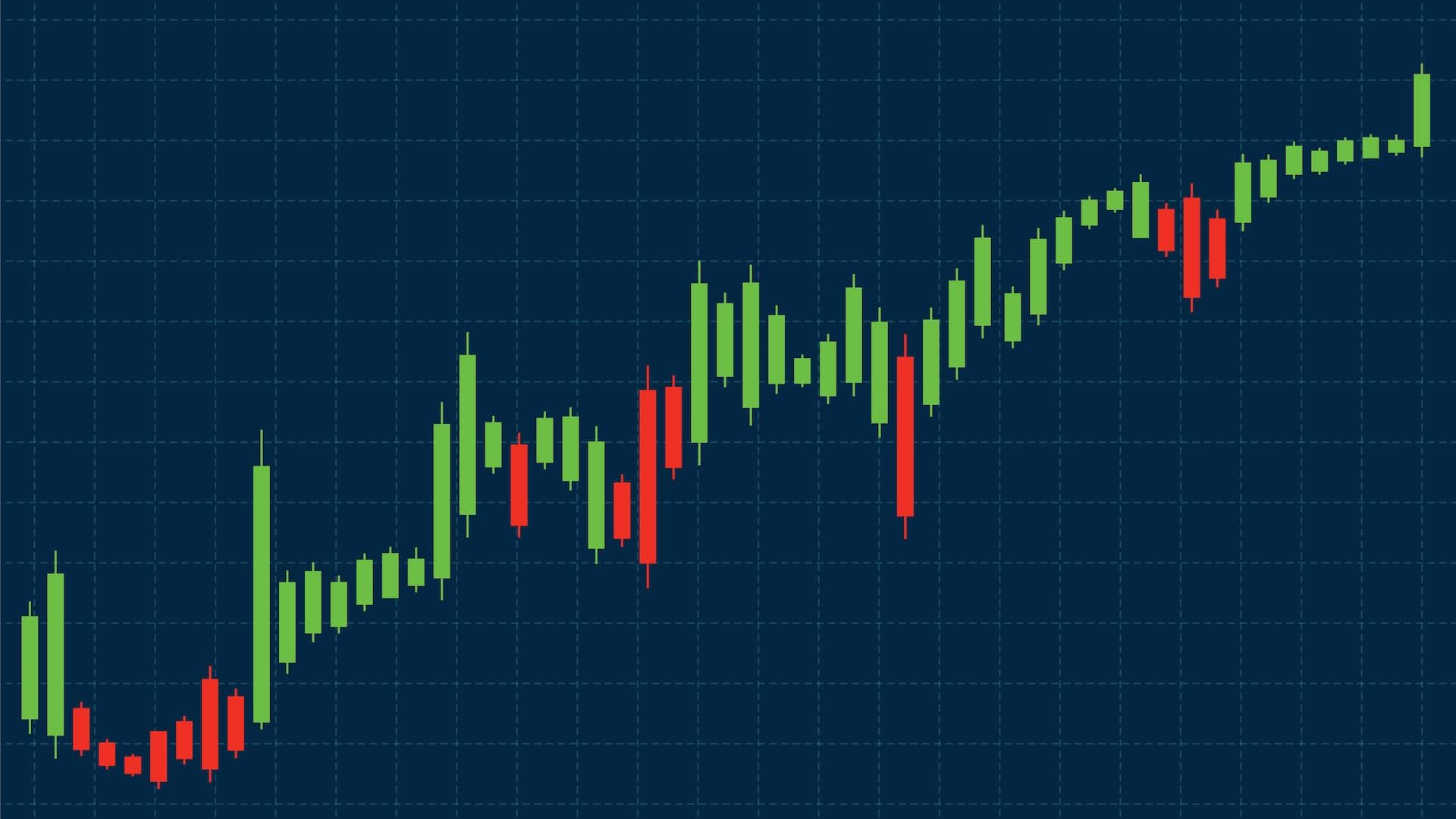Hedging is one of the most powerful tools available to traders. While beginners often focus solely on profits, professional traders understand that protecting capital is just as important as growing it, especially in periods of high market volatility. CFD trading offers flexible instruments that let traders speculate on rising or falling prices while also implementing risk-reduction strategies through hedging.
This guide dives into how CFDs can be used for hedging, the strategies involved, and practical examples to help you apply them effectively across financial markets. Whether you are a beginner learning the ropes or an experienced trader refining your skills, understanding advanced hedging with CFDs can significantly improve your trading discipline and help manage exposure during volatile market conditions.
Why advanced hedging strategies with CFDs are important
Understanding contracts for difference
A contract for difference (CFD) is a type of financial instrument that allows traders to speculate on the price movements of an underlying asset without actually owning it. CFDs can be used to profit from both rising and falling prices by taking long or short positions. Because CFDs are leveraged, they require only a margin deposit, making them efficient tools for both hedging and speculation across various financial markets.
Basics of CFD trading strategies
Key components of a CFD trading strategy
A successful strategy for trading CFDs combines clear entry and exit rules, defined risk management measures, and awareness of market conditions. CFDs, as versatile financial instruments, allow traders to respond to price movements in both rising and falling markets. Without a structured plan, hedging and speculation become guesswork rather than calculated decisions.
Choosing the right currency pairs for trading
When trading CFDs, selecting the right financial instruments is crucial. Currency pairs like EUR/USD, GBP/USD, or USD/JPY are popular due to high liquidity, while commodities and indices can also provide hedging opportunities. Aligning these choices with a solid trading plan ensures that each position fits your overall risk and strategy goals.
Managing risk in CFD trading
Every CFD strategy should be built on robust risk management. Setting stop-loss orders, calculating position sizes carefully, and avoiding over-leverage are essential when implementing hedges. A comprehensive trading plan helps you apply these measures consistently across all financial instruments you trade.
Understanding hedging strategies
What are hedging strategies in trading
Hedging strategies are techniques designed to offset potential losses in one position by taking an opposing position in the same or a correlated market. Position traders often use these methods to safeguard longer-term holdings while remaining exposed to market opportunities. The goal isn’t necessarily to generate profits but to protect capital and smooth out returns. Integrating effective risk management strategies and insights from technical analysis helps ensure that hedges are applied in a disciplined, data-driven way, reducing the chance of unexpected losses.
Benefits of Using Hedging Strategies
- Provides stability in uncertain environments, allowing positions to withstand short-term swings.
- Helps traders stay invested in long-term positions without exiting prematurely, as traders tend to make emotional decisions during volatile periods.
Types of CFD Hedging Strategies
- Cross-hedging: Hedging one CFD position with another related asset, such as hedging oil CFDs with energy sector indices.
- Multi-asset hedging: Combining CFDs on different asset classes to balance risks.
These approaches are essential for anyone progressing in their CFD trading journey, providing a structured way to manage risk while pursuing consistent returns.
Popular CFD trading strategies for hedging
Best CFD trading strategy for beginners
For beginners looking to start trading in the forex market or other markets, a simple direct hedge is the easiest way to manage risk. For example, if you hold a long CFD on EUR/USD but want to protect against adverse market movements, you can open a smaller short position to reduce potential losses. This approach lets new traders gain experience while limiting exposure during volatile periods.
Hedging with multiple currency pairs
Experienced traders using position trading may hedge one currency pair with another that is historically correlated. For example, if you hold a long position on EUR/USD, you might short GBP/USD if both pairs typically move in the same direction. This approach helps limit significant losses if one currency pair moves sharply against you.
Pairing CFDs with other instruments for risk reduction
CFDs on indices, commodities, or bonds can act as hedges for equity or forex positions. For example, an investor trading tech stocks might use a Nasdaq index CFD to hedge against sector-wide downturns, entering positions at the current market price to ensure immediate coverage.
Using CFDs for day trading hedges
Day traders often use CFDs for quick intraday hedges. For instance, if a news release causes sudden market moves, opening an opposite CFD position at the current market price can provide immediate protection against significant losses, while staying aligned with a position trading strategy for larger trends.
Using CFD trading platforms for hedging
Features to look for in a CFD trading platform
A strong CFD platform should provide real-time execution, advanced charting, risk management tools, and access to multiple asset classes. Choosing the right platform is essential for successful trading, as losing money rapidly is a real possibility when significant risk isn’t properly managed. 24markets.com offers these features, making it an excellent choice for implementing hedging strategies safely and efficiently.
How to execute CFD positions effectively
Execution speed matters in hedging. The ability to enter and exit trades instantly ensures your hedge remains effective during rapid market changes. Aligning each trade with your investment objectives is crucial, as it helps determine position size and risk tolerance.
Monitoring positions in global markets
Constantly monitoring global markets helps ensure hedges remain aligned with current conditions. Tracking asset prices in real time, along with news trading events that can cause sudden volatility, allows traders to adjust positions proactively. Tools such as alerts and mobile platforms make this process easier and more efficient.
Risk management in advanced hedging
Setting stop-loss and take-profit orders
Stop-losses ensure that losses are contained, while take-profits help secure gains. Together, they bring discipline to hedging strategies. These orders can be applied across various financial instruments, from CFDs on stocks to forex pairs, adapting to different trading styles.
Calculating optimal position size
Proper position sizing prevents overexposure. Traders typically risk only a small percentage of their account on any single hedge. Beginners can practice this with virtual funds in demo accounts to test strategies safely before committing real capital.
Managing risk while holding multiple positions
When running several hedged positions, it’s important to track correlations to avoid unintended overexposure. Traders should also consider macro factors, like interest rates, which can influence multiple markets simultaneously and impact short term price fluctuations.
Using hedging to protect gains and limit losses
Hedging is particularly useful when you want to lock in profits from existing positions while still staying invested in the market. Platforms like 24markets.com provide tools to monitor positions, apply stop-losses, and adjust hedges in real time, helping manage risk efficiently across different instruments.
Practical examples of advanced hedging strategies
Step-by-step example with currency pair CFDs
2. Concerned about upcoming US economic data, the trader opens a short position of equal size as an essential component of their risk management strategy, tailored to their financial situation.
3. By monitoring live markets, the trader ensures the hedge responds quickly to price changes.
4. If the dollar strengthens and EUR/USD drops, the short hedge offsets the long position losses, protecting capital while maintaining exposure to potential gains.
Combining multiple CFDs for risk mitigation
A trader holding long positions in oil CFDs could hedge by shorting an energy sector index CFD or multiple stocks within the sector. This way, if oil prices drop, losses are partially offset by index or stock performance, effectively turning the positions into a financial agreement designed to limit risk.
Evaluating the effectiveness of your hedging strategy
Traders should regularly review whether their hedges reduced risk as intended. Incorporating support and resistance levels when analyzing charts can help fine-tune entries and exits, while journaling trades and analyzing outcomes across multiple stocks or CFDs helps refine strategies for better performance.
Key takeaways for advanced CFD hedging strategies
How to develop your own hedging approachs
Building an effective hedging strategy requires practice, discipline, and adaptability. Start simple with direct hedges, then gradually expand into cross-asset and multi-instrument strategies as your confidence grows. Always consider your risk appetite when determining hedge sizes, and monitor market reactions to adjust your positions dynamically. Hedging is particularly useful around major economic events, which can trigger sudden volatility in CFDs and other assets.
Platforms like 24markets.com provide the necessary tools, demo accounts, and market access for practicing these strategies in real time. By combining hedging with proper risk management, you can protect capital, reduce stress, and trade with greater confidence.













